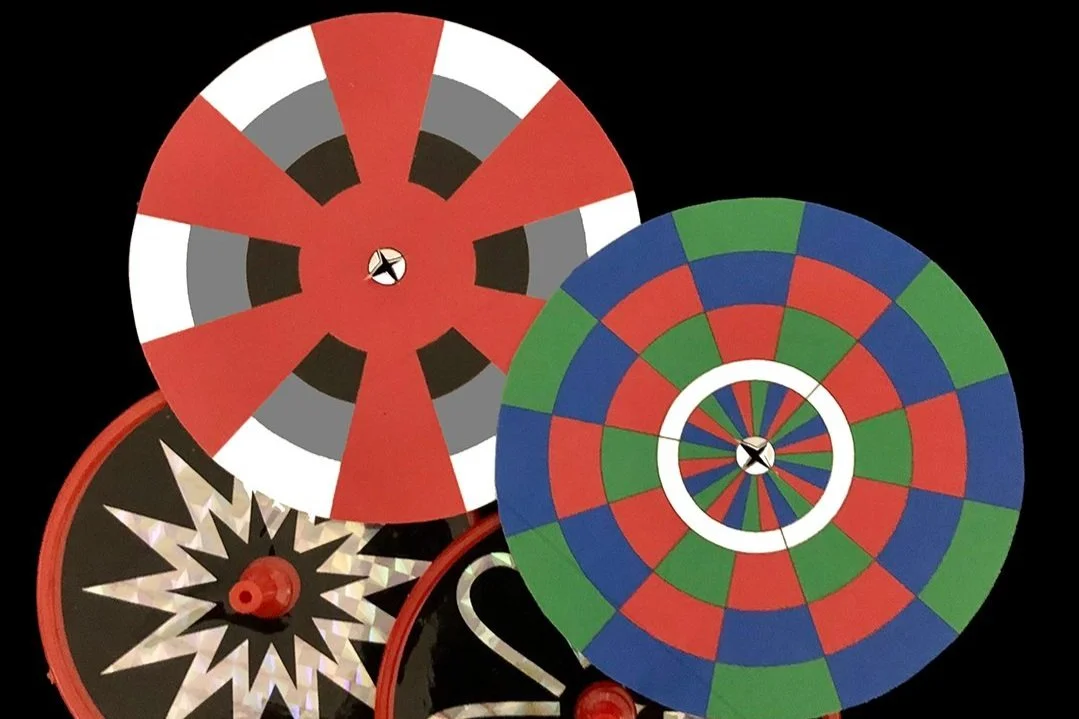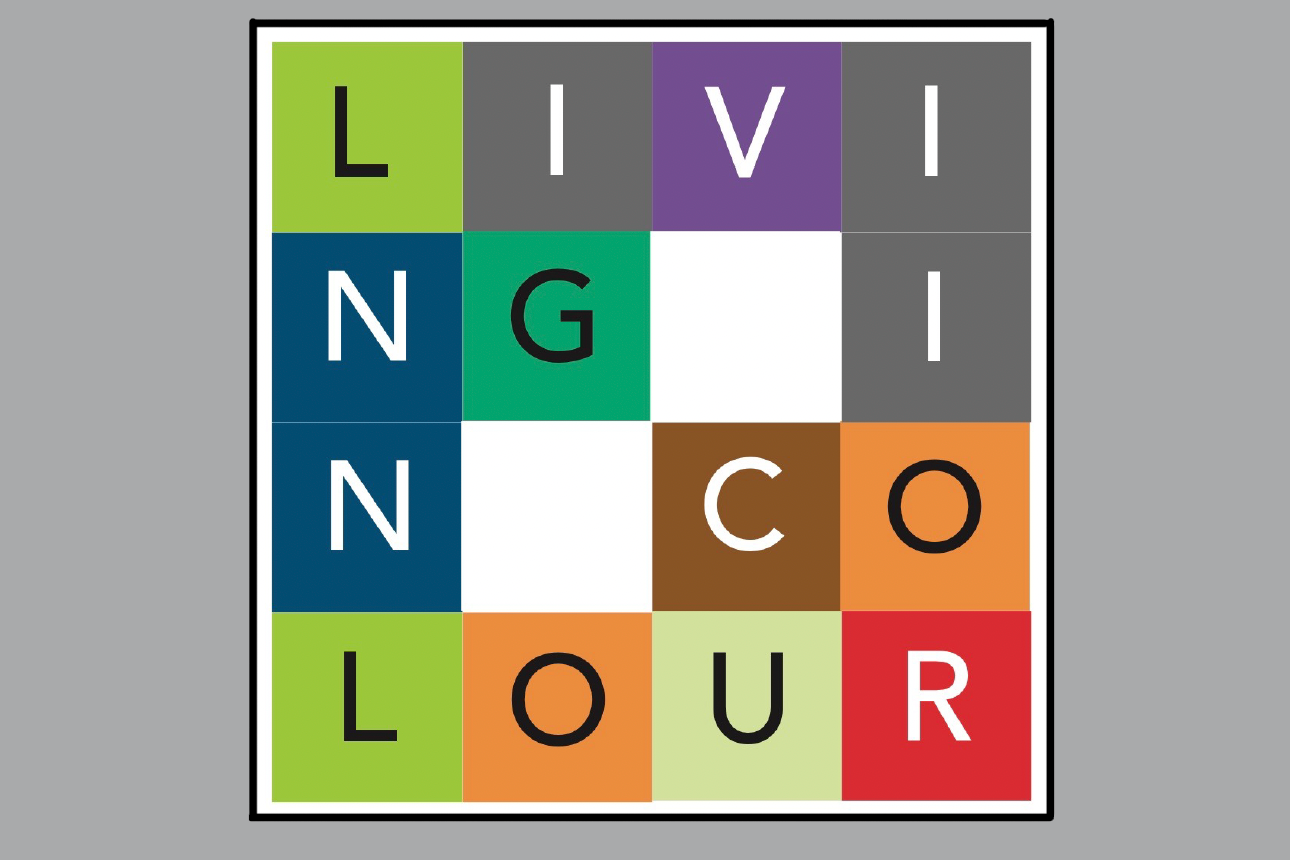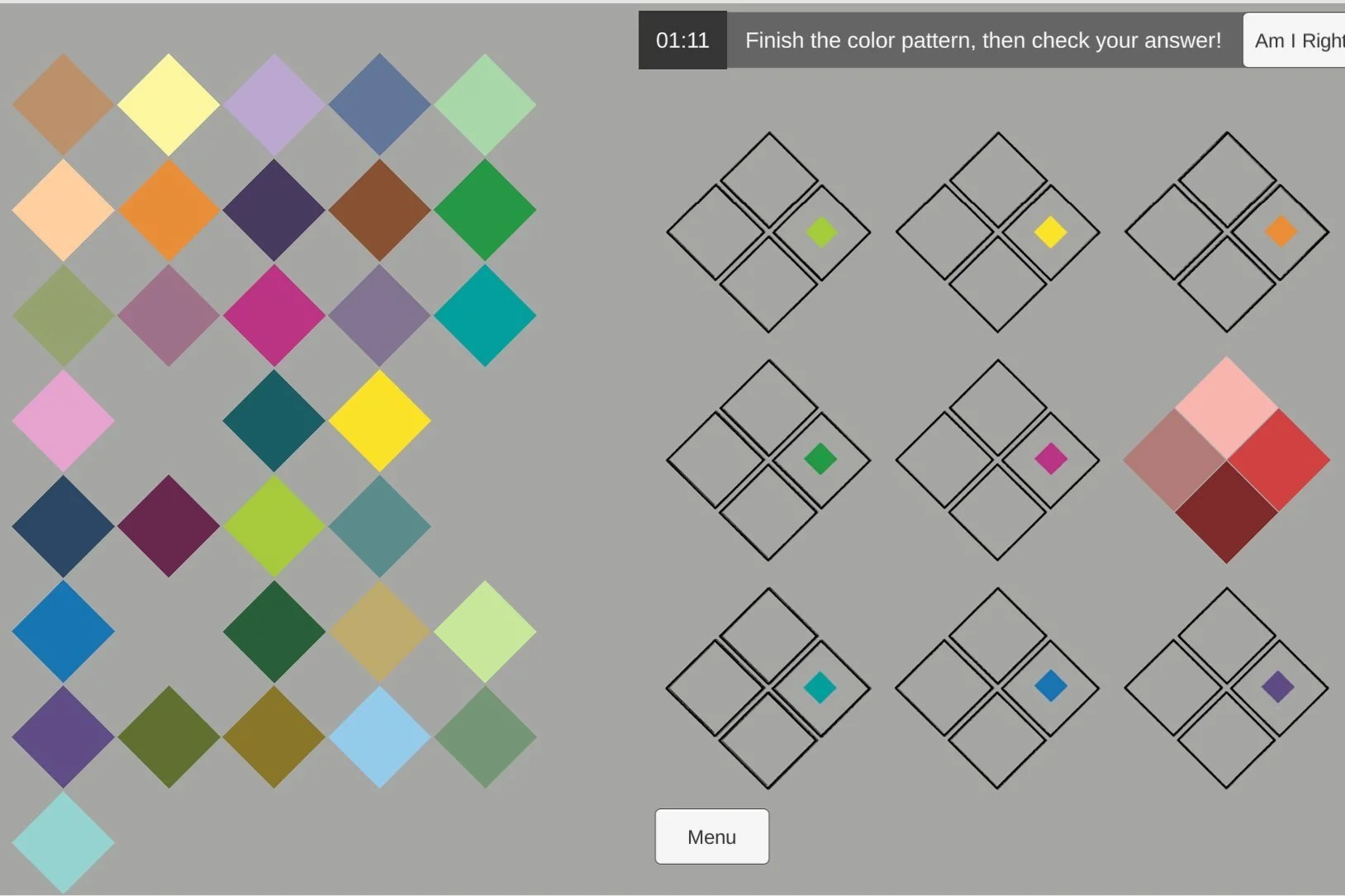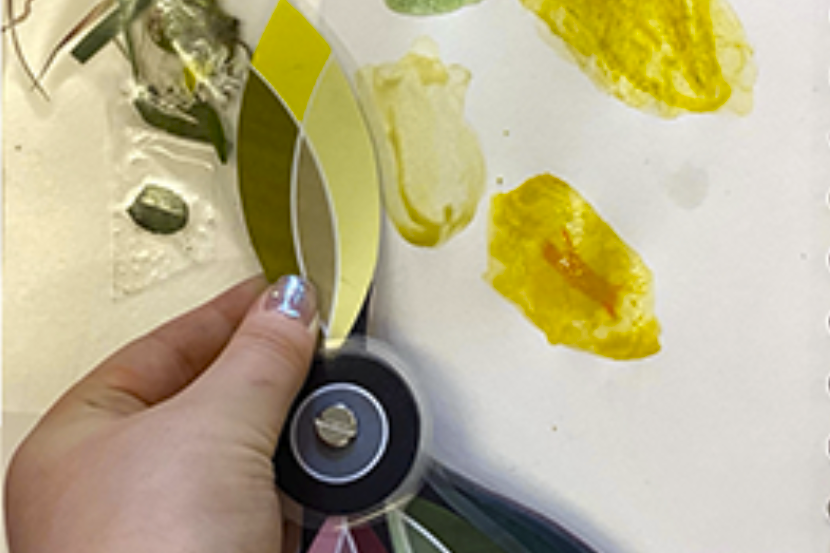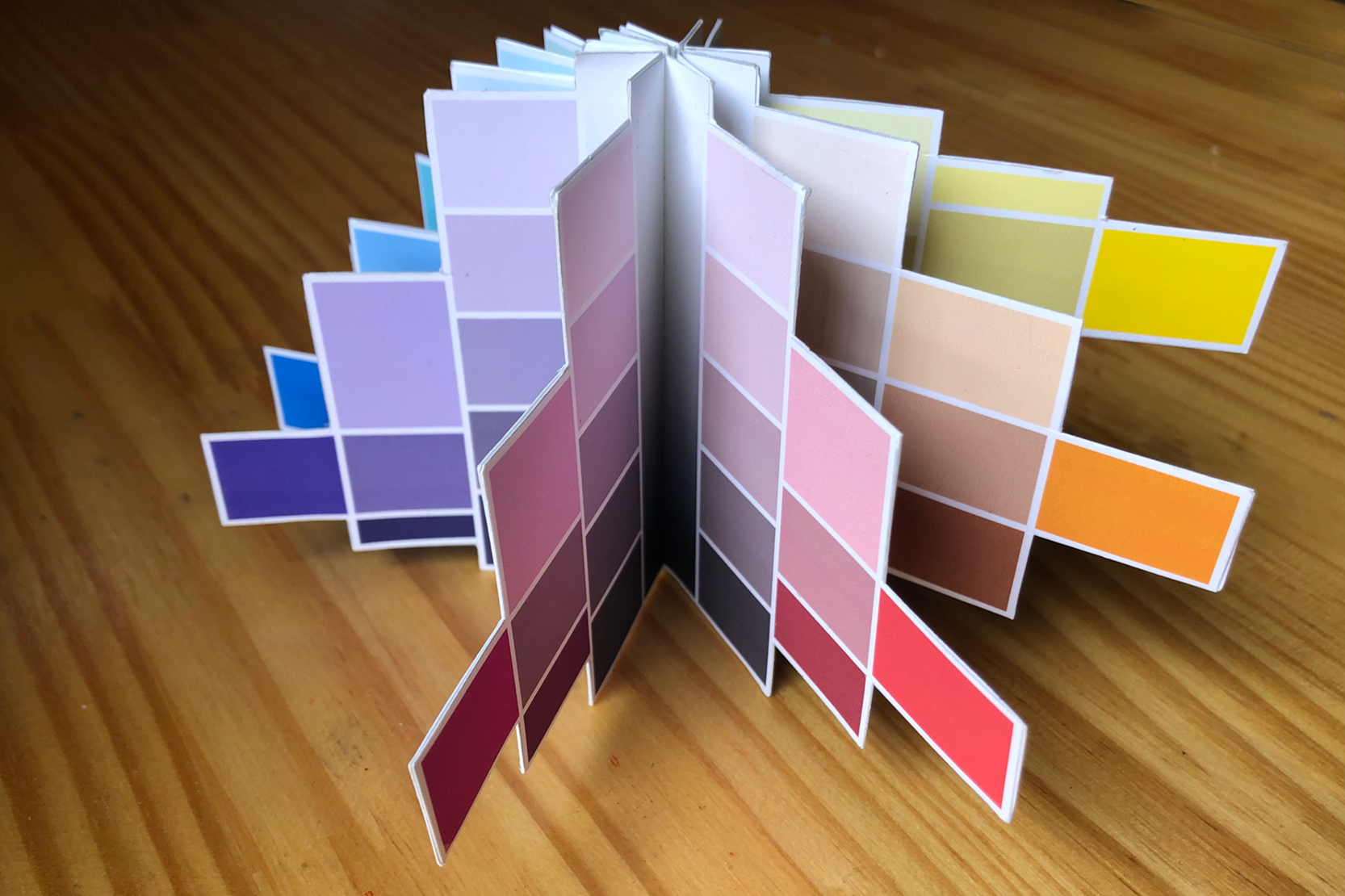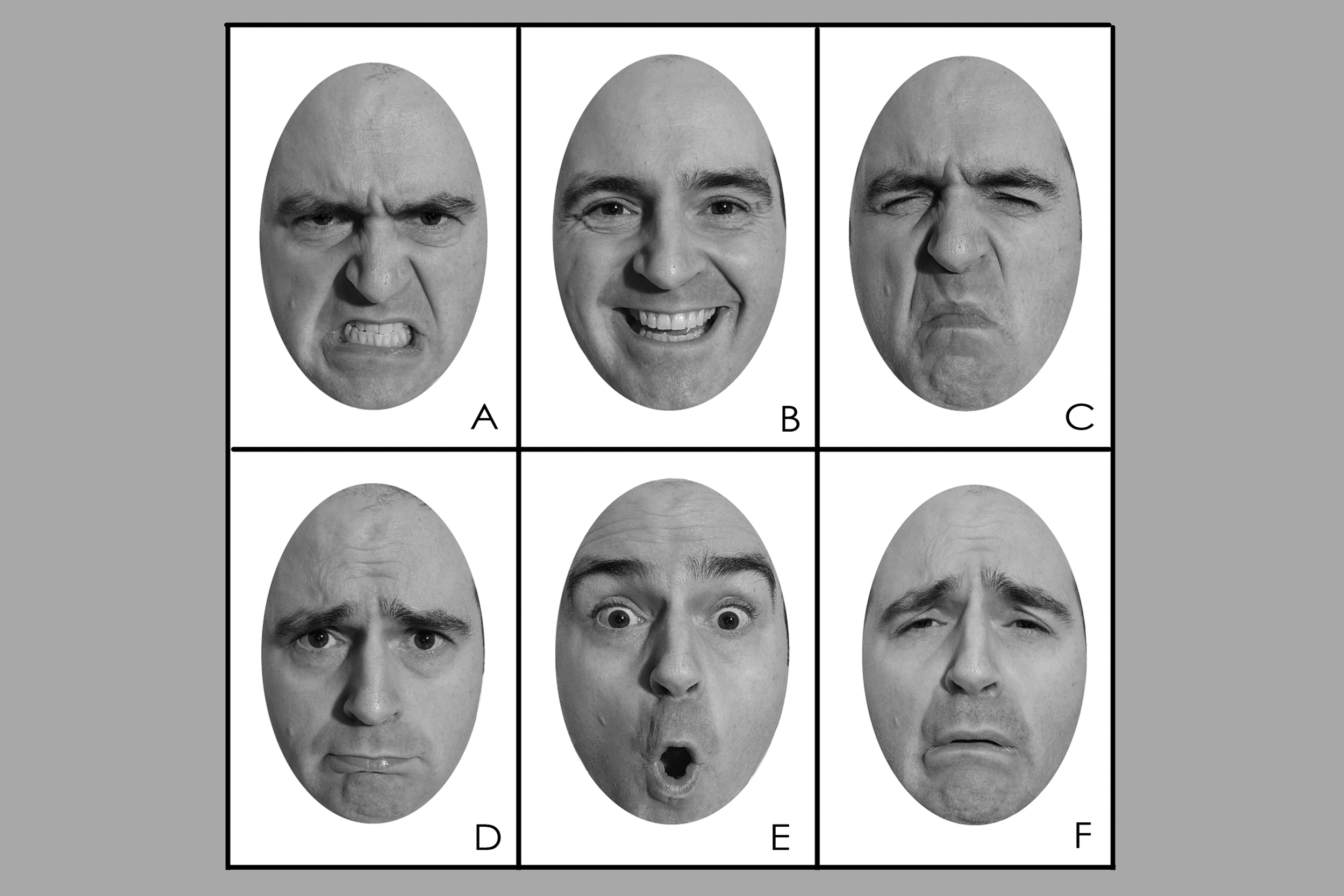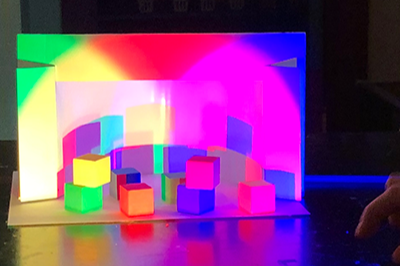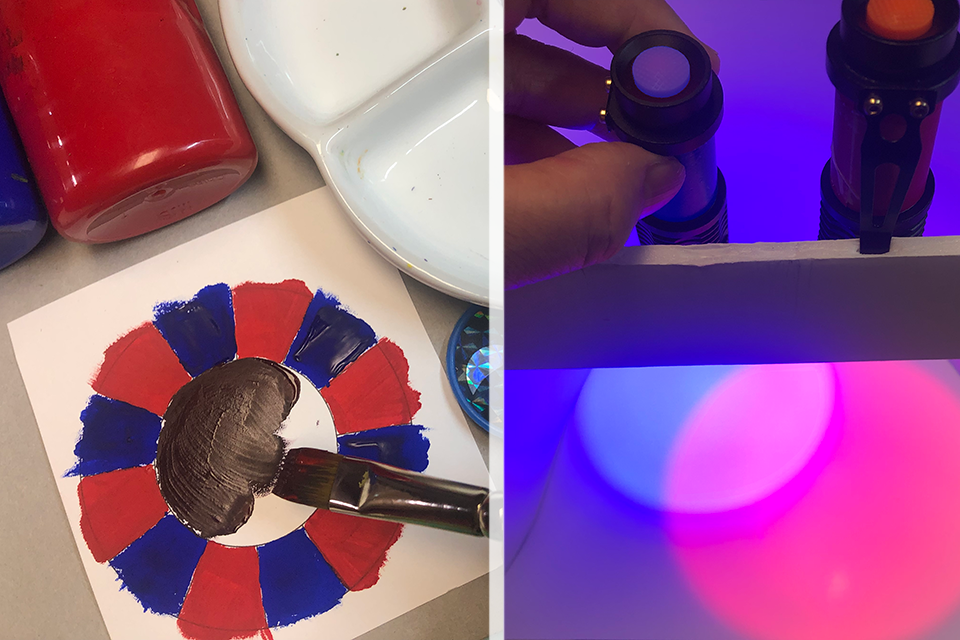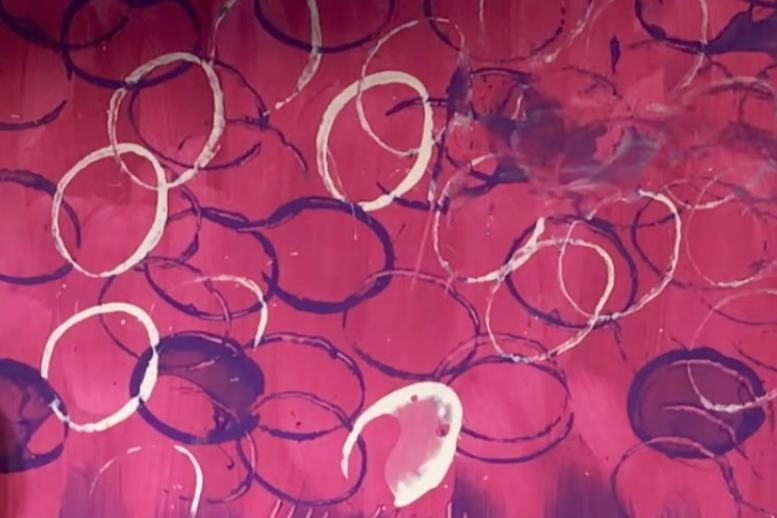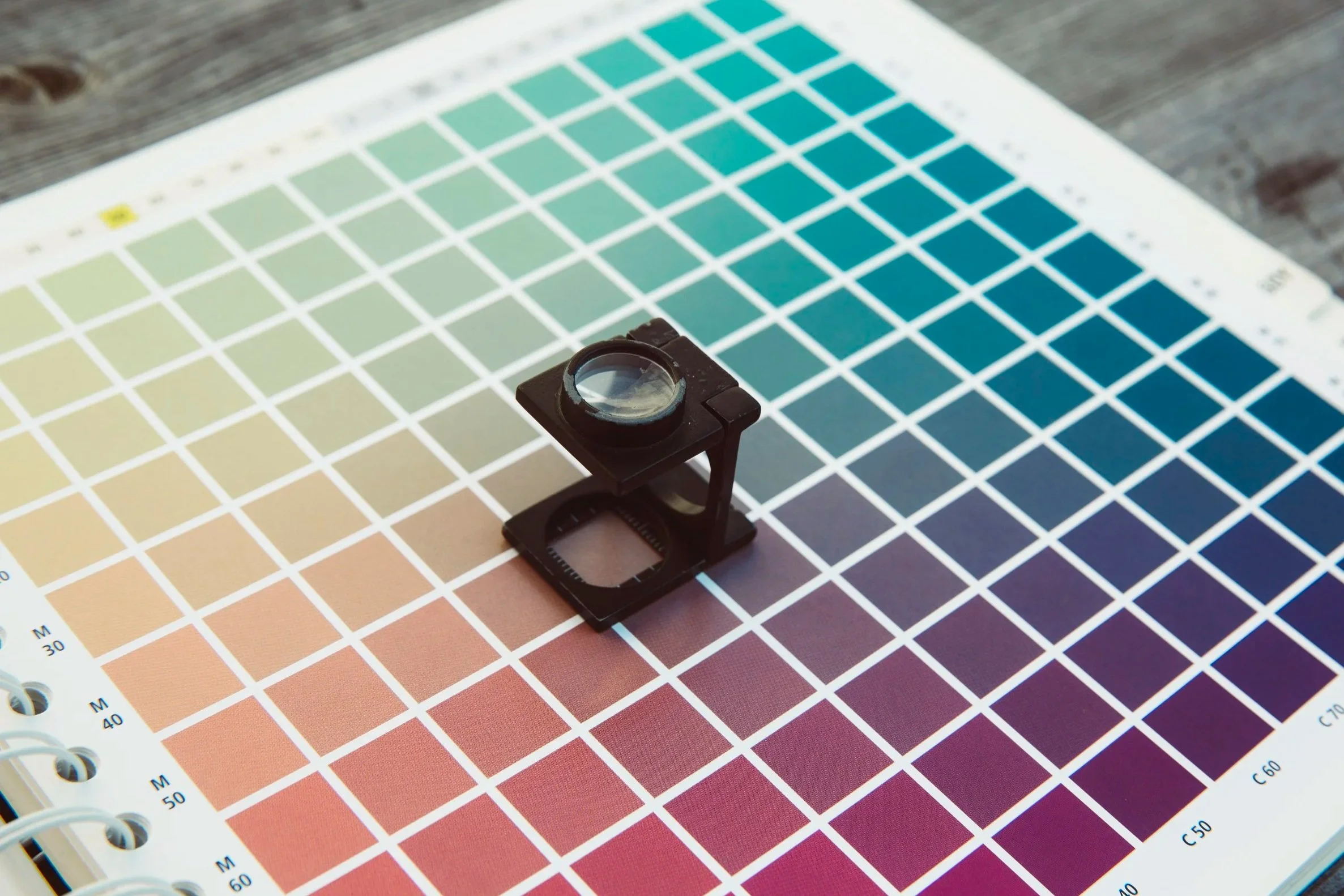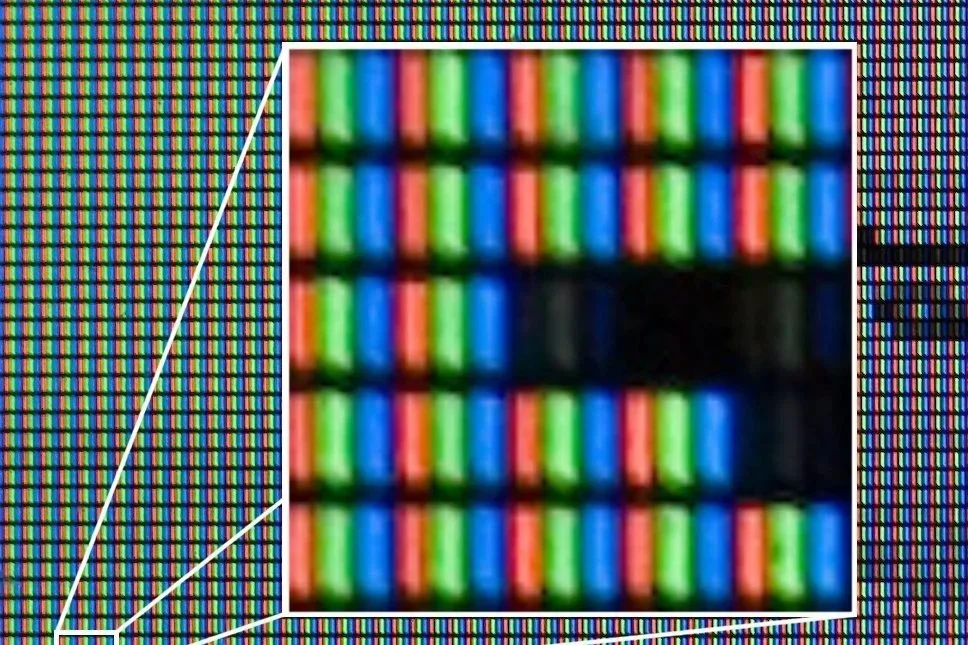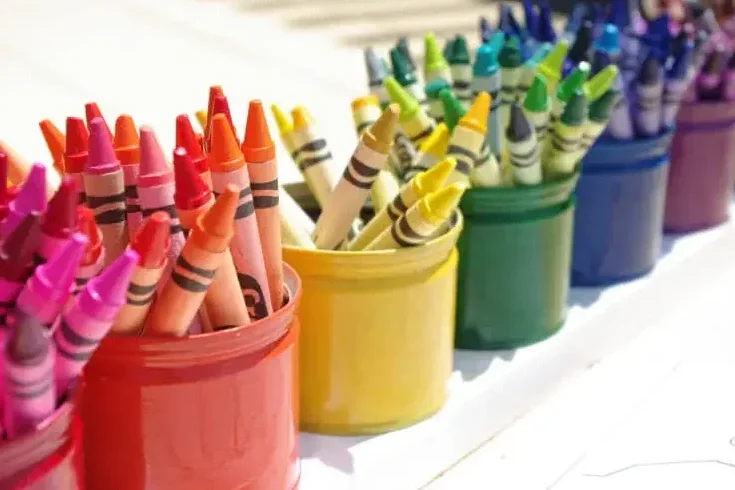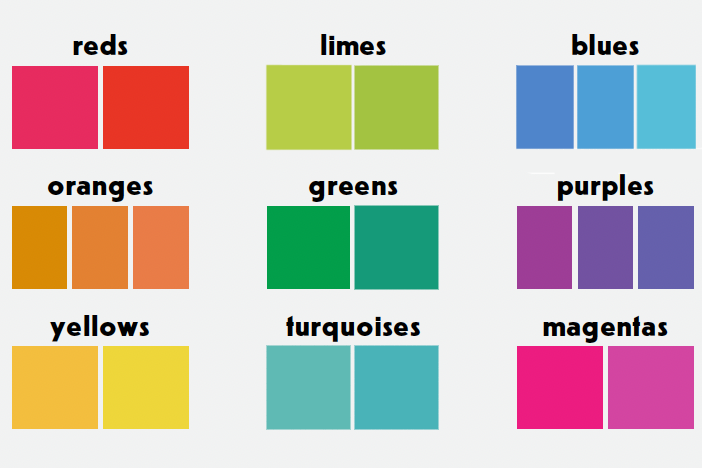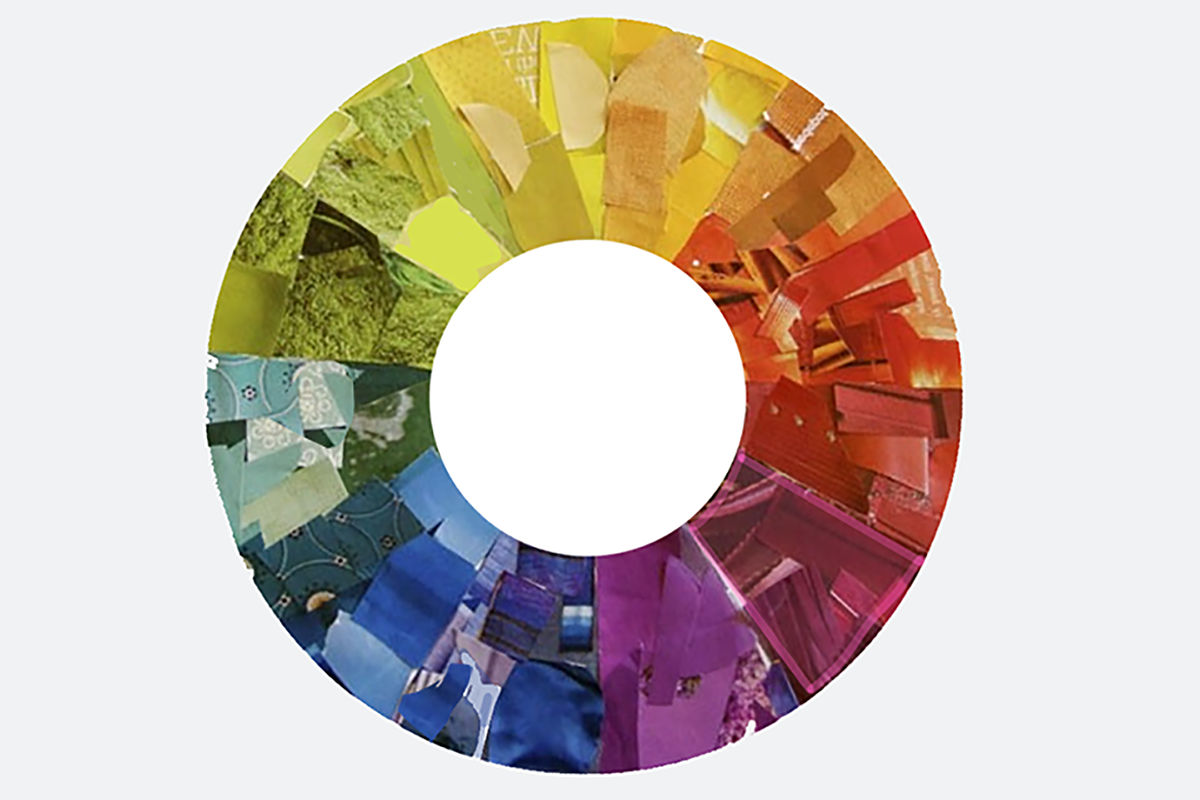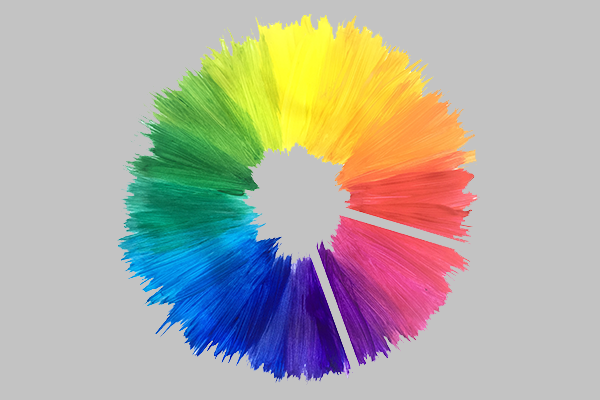Beta-Testing 2025-2026
Fundamental concepts
for a universal foundation in colour literacy
The CLP has identified ten fundamental concepts, for a universal foundation in colour literacy. These concepts represent fundamental knowledge about colour, and form the basis upon which higher order, discipline-specific knowledge can later be built. We have assembled a short list of exercises and supporting material, to help teachers of all levels bring colour literacy to their class.
Pathways are organized into Clusters focused on a fundamental colour concept.
Each cluster has a set of exercises designed to explore the fundamental concept step-by-step.
Click on the exercise links below to go to the lesson plans for each exercise.
PATHWAYS to COLOUR LITERACY
The 2025-2026 beta-test curriculum consists of three scaffolded pathways based on the CLP Cornerstones. The Pathway exercises can be done back to back or mixed and matched depending on where colour fits into your curriculum planning.
Each pathway consists of hands-on lessons introducing fundamental concepts from language, science, arts and design and the humanities. Each lesson includes an introduction to a fundamental concept plus one or two key exercises intended to be covered in a 40 minute class period. The supplementary exercises and practice/projects can be done in class or at home to help reinforce the lessons.
Note: All the exercises can be modified to make them age appropriate for your students. We welcome your suggestions for variations on the exercises depending on age and abilities.
See FAQ entry: Can the exercises be adapted for students with limited colour vision?
JUMPSTART PATHWAY
If you are new to colour, and want to see what the Colour Literacy Project has to offer, check out the Eye-opener exercises on the Jumpstart Pathway to begin your journey into colour! They are also included in the cornerstone pathways and colour lessons shown below.
Examining the Rainbow
How many colours are in the rainbow? If your response is ‘seven’ - take a closer look!
Arranging Characters
The Character of a colour can be vivid, muted, pale or dark. Explore colour characters and expand your colour vocabulary!
Hue Planes Model
Many colour studies begin with the colour wheel. We don’t! Jump into colour in 3-dimensions and expand how you see colour!
Orange Cube
Build an orange cube (or use a uniform-coloured object) and notice how light affects the colours we see!
Munker-White Illusion
Do the colours match on both sides of this image? Explore why context is everything for colour!
THE CORNERSTONE PATHWAYS
EXPERIENCING COLOURS PATHWAY
Building Colour Awareness
Surrounded by Colour
Notice all the variations of colours in your surroundings.
Scavenger Hunt
Find a range of colours in your environment
Colour Codes Quiz
Mix and Match the colours and the role they play.
DESCRIBING COLOURS PATHWAY
Expanding from 2D to 3D
Lesson 1
Hue Families
Supplementary Exercise
Free sort
Supplementary Exercise
Intro to hue families
Key Exercise
Arranging hue families
Lesson 2
Hue Characters
Key Exercise
Arranging characters
Key Exercise
Character associations
Supplementary Exercise
Household sort
Lesson 3
Lightness and Chroma
Key Exercise
Chromatic vs. achromatic sort
Key Exercise
Lightness/value sort
Supplementary Exercise
Chroma/saturation sort
Practice and Projects
Key Exercise
Flower Fan Deck
Use the printed CHROMO Flower Fan Deck to find colour matches to the sorting set.
Key Exercise
Hue Familes Model
Map colour characters into hue planes and build a 3D model.
Key Exercise
Lightness/Chroma Models
Build a simple 3D model based on lightness and chroma
Supplementary Exercise
Colour Naming Game
Fun introduction to the difficulty of describing colours.
Supplementary Quiz
Odd one out
Test your knowledge of colour characters!
Supplementary Exercise
Painting a Flower Fan Deck
Paint petals in the nine hues with four characters. Put them together for a custom colour reference tool.
Supplementary Exercise
Colour and Emotion
Which communicates more? Hue or colour character?
Supplementary Project
Squares & diamonds
Choose colours from an image and create an abstract visual equivalent that tells the same ‘colour story’.
Supplementary Project
Mood clock
Choose a range of colours that you associate with specific moods or emotions.
PERCEIVING COLOURS PATHWAY
Introducing the Colour Perception Triangle
Lesson 1
Rainbows & Spectrum
Key Exercise
Expanding the spectrum
Supplementary Exercise
Examining the spectrum
Supplementary Exercise
Playing with Polarization.
Lesson 2
Light & Shadow
Supplementary Exercise
Lights on and off
Key Exercise
Orange cube
Supplementary Exercise
Changing colours of nature.
Lesson 3
LEDs and Filters
Supplementary Exercise
Filtered light sources
Supplementary Quiz
Flag game
Supplementary Exercise
Play with Coloured Shadows.
WORKING with COLOURS PATHWAY
Exploring Colour Communication
Lesson 1
Colour in Context
Key Exercise
Koffka ring
Key Exercise
Munker-White illusion
Supplementary Exercise
Simultaneous contrast
Lesson 2
Mixing Processes
Key Exercise
Comparative mixing of red and blue
Key Exercise
Mixing with spinning disks
Supplementary Exercise
Mixing in transparent media
Lesson 3
Device Dependent
Key Exercise
Comparing complements
Did you know there is more than one way to define a set of complementary colours?
Supplementary Exercise
Subtractively mix hues in opaque media
Explore the subtractive mixing process using pastels, tempera, opaque watercolors, and acrylic paints.
Supplementary Project
Painting papers in characters
Collaborate and use tempera paints to create a variety of painted papers in each hue family for use in the classroom.
Lesson 3: Device Dependent Mixing Processes
Fundamental concept: When we use coloured media, the complements depend on the process.
Purpose: Introduce variations of complementary colours and explore complementary mixing processes.
Supplementary Exercise
CMYK Printing Processes
Supplementary Exercise
RGB Digital Processes
More Exercises
Key Exercise
Changing spatial contexts
Notice how changing the spatial context affects a perceived colour.
Supplementary Exercise
Non-spectral colours
Discover non-spectral purples and magentas when you experiment with iridescent materials.
Supplementary Exercise
Sort art materials
Organize classroom art materials into the new nine hue families.
Supplementary Project
Paint swatches in hue variations
Collaborate to create a swatch library of the nine hue families.
Supplementary Project
Nebula
Will your favorite colors ‘work’ in a simple design?
Supplementary Exercise
Scavenger hunt
Find a range of colours in your environment.
Supplementary Project
Nine Hue Circle - Collage
Collaborate to find magazine clippings in the nine hue families. Make a big hue circle to hang in the classroom.
Supplemental Exercise
Gradient Hue Circle
Mix vivid hues in opaque media to make a nine hue circle.
Supplementary Exercise
Colour diary
Make a colour diary to record your colour explorations.
Supplementary Exercise
Mixing CMY Hues in Liquid Watercolors
Have fun watching colours blend using coffee filters and liquid watercolors. Can you mix reds from magenta and yellow?
Supplementary Quiz
Living in colour
A mix and match quiz on the roles colour plays in our lives.






